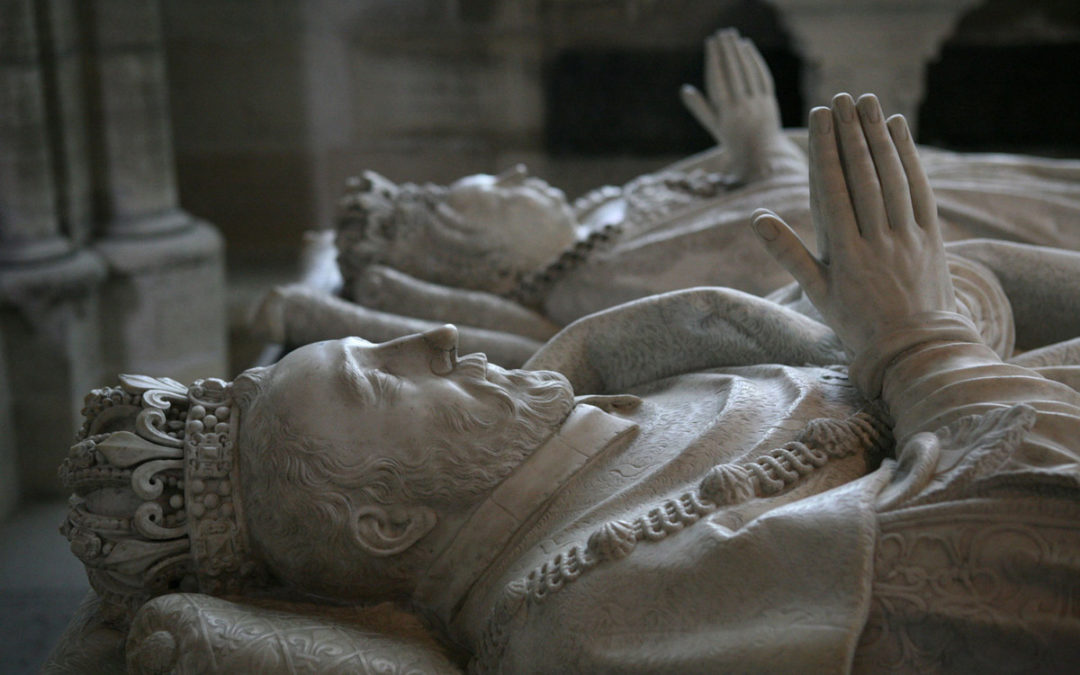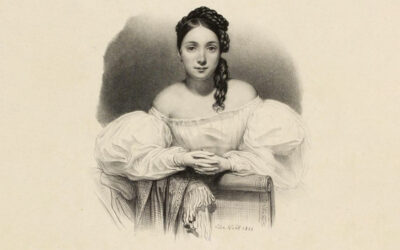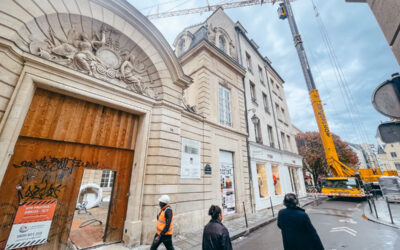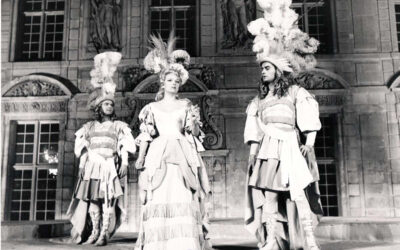Tomb of Henry II and Catherine de Medici at the Cathedral Basilica of Saint-Denis
On June 26, 1574, the crowd gathered at Place de Grève to witness the beheading of one of the leaders of the Protestant clan, Gabriel de Lorges, Count of Montgomery.
It was the time of the bloody “religious wars” which pitted Catholics and “Reformed” people against each other. After years of battles, victories and defeats, Montgomery, a Huguenot general, was taken prisoner at Domfront (Normandy) in May 1574. A choice capture, the man was brought back to Paris, locked up in the Conciergerie, tried, condemned for crime of lèse-majesté and finally put to death a month later. Among the spectators, Queen Catherine de Medici was undoubtedly the most satisfied with the fate reserved for the Protestant. At one of the windows of the town hall, she seems to be rejoicing, no doubt remembering the "triggering" event, the one which, in other circumstances, in the past, made her immediately hate this man .
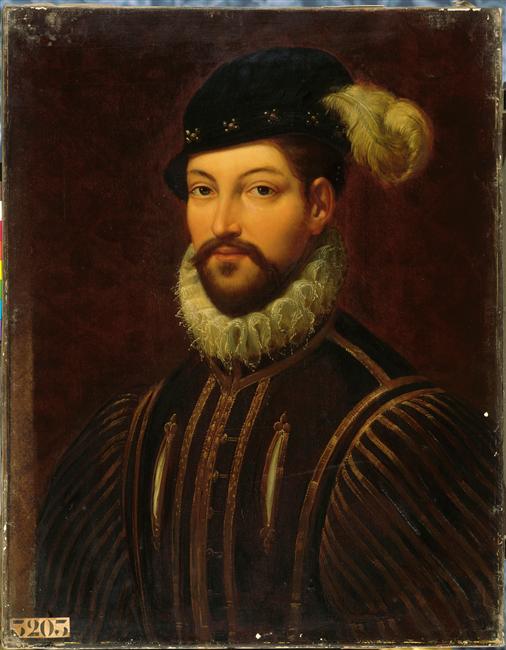
Gabriel de Lorges Count of Montgomery, 1530-1574, by Feron Eloi Firmin (1835)
It is June 30, 1559 and the same people of Paris have gathered in the Marais. It's a day of celebration at the foot of Saint-Paul church, rue Saint-Antoine, on this vast esplanade that we can still see today, unpaved for the occasion: the king, the princes, the great ones of the kingdom , will face each other during these impressive chivalry jousts that are still practiced during the Renaissance.
In the center of the square, in the official gallery, three “sovereigns” are seated: Catherine de Medici, Queen of France, her daughter-in-law Marie Stuart and the titular mistress of King Henry II, Diane de Poitiers. The tournament which will soon begin celebrates a happy event, a double marriage: that of the King of Spain Philip II with Elisabeth of France and that of Marguerite de Valois, sister of the king, with Duke Emmanuel-Philibert of Savoy. This double alliance puts an end to the Italian wars. France celebrates its newfound peace.
However, in the midst of all this rejoicing, Catherine de Medici seems worried. Did his astrologers give him bad news? Did Michel de Nostredame, the mysterious Nostradamus, pass him one of these alarmist quatrains of which he has the secret? Is it simply the stifling heat or the presence of Diane de Poitiers at her side that bothers the queen? Regardless, she made it known that she hated these “assaults from another age” and that she couldn’t wait for the tournament to end.
Soon, it is the king's turn to enter the fray. For the occasion, Henry II donned golden armor that blazes in the June sun. The crowd applauds their sovereign then falls silent. The horses set off. For this first round, the king faces the Duke of Savoy. Horses brush against each other, spears cross. Touched, Savoie falters but remains in the saddle.
In the second round, the Duke of Guise is the opponent to be “stoked”. But it's another draw: neither rider falls. The third round finally pits the king against Montgomery, his captain of the Scottish guards. It is a young man who now rushes against an aging king, who is more out of breath from his first jousts, and it is he who, logically, will gain the upper hand: Henry II is destabilized, almost falling from his horse.
Perhaps upset at having thus lost face in front of the queen and in front of his mistress, the king asks for a fourth pass, against the same adversary. We try to dissuade him. But Henry II persists and rushes quickly, to the point that his rival does not even have time to change his lance, damaged by the first shock. When the two men meet again, the clash is violent. Montgomery's spear shatters into pieces and slides under the royal helm. Henry II, hit in the face, collapses.
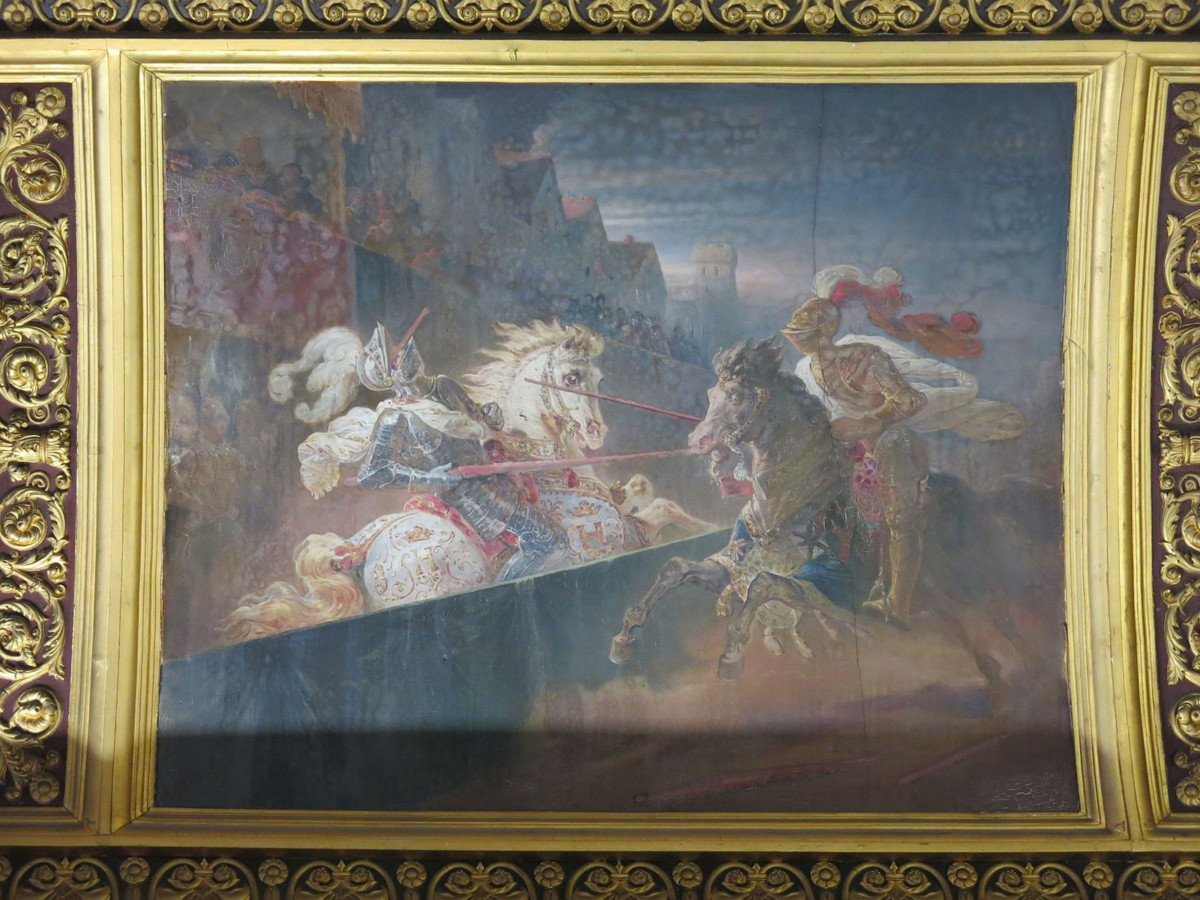
Very quickly the king was transported to the nearby Hôtel des Tournelles. Despite the terrible injury that disfigured him – a piece of the spear entered through the eye and came out through the ear – the sovereign is conscious, he speaks, reassures his loved ones. The surgeons and doctors of the Court flock to his bedside; Philip II even sent for his own surgeon to Brussels.
Unfortunately, it was a wasted effort: five shards of wood definitively penetrated the skull of Henry II. Despite the experiments of the famous Ambroise Paré, who obtained authorization to reproduce the royal wound on the heads of those condemned to death (!), the sovereign was dying: his wounds became infected, he soon lost consciousness, not without first having , in one of his conscious moments, forgave Montgomery: “Don't worry. You have no need of forgiveness, having obeyed your king and having acted as a good knight and valiant man of arms.” After terrible agony, he finally died on July 10.
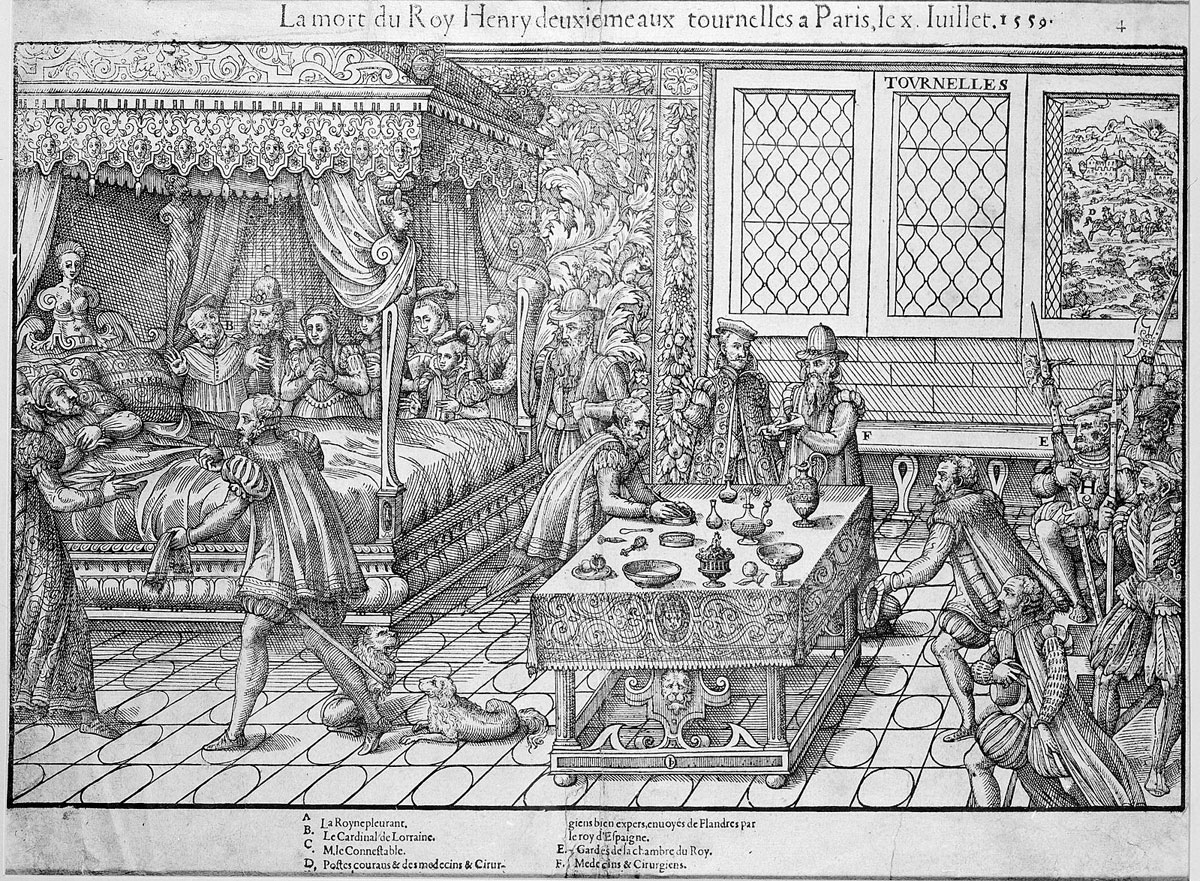
The merciful words he spoke did not, however, reassure Gabriel de Lorges. Rightly fearing the queen's anger, the captain of the Scottish guards has meanwhile left the court to take refuge abroad. It was a good thing for him, because immediately after the death of the king, Catherine de Medici ordered his banishment. Deprived of his command, the fugitive is now wanted and designated as the one “who killed King Henry at joust”.
Believing the queen to be appeased, Montgomery returned to France some time later. Having embraced the Protestant faith at the start of the wars of religion, he then led battles for his side, in the four corners of the kingdom, until his arrest in 1574. Fifteen years after the disastrous tournament on rue Saint-Antoine and almost a day for one day, Catherine de Medici can finally wreak her vengeance...

Quatrain which is said to have predicted
the death of Henry II
The young Lyon will overcome the old,
In a warlike field by singular duel,
In a cage of gold his eyes will burst,
Two classes one, then die, cruel death
FOR PASSIONATES OFUS
Juliette Drouet actress, muse and mistress of Victor Hugo
At 14 rue Sainte-Anastase, from 1836 to 45 and at 12 from 1845 to 48, a few hundred meters from Place des Vosges, lived the muse and lover of Victor Hugo, Juliette Drouet née Julienne Gauvain.
Rue Vieille-du-Temple: the fabulous construction site restarts
A luxury hotel will be created at the end of the work. On the ground floor, the old stables and carriage houses will house the restaurant on the large courtyard, while the first courtyard, on rue Vieille-du-Temple, will feature two businesses continuing its 19th century layout.
The Marais festival, a fabulous story
The Festival du Marais dates back to a time that those under 60 cannot know. However, this leading artistic event was for a long time one of the most popular cultural events in the capital. For a quarter of a century, from 1962 to 1987, this unique festival…
NOW ON THE MOOD MARSH
The best tattoo parlors in Marais
Tattooing, an age-old practice, has long been the prerogative of convicts, dock workers, the underworld and sailors. Although it has become democratized, now affecting all profiles and concerning one in five French people, including 16% women compared to 10% men, it still remains taboo due to its definitive and transgressive nature.
Juliette Drouet actress, muse and mistress of Victor Hugo
At 14 rue Sainte-Anastase, from 1836 to 45 and at 12 from 1845 to 48, a few hundred meters from Place des Vosges, lived the muse and lover of Victor Hugo, Juliette Drouet née Julienne Gauvain.
Piccola Mia, the pizzas of the Republic
On the Place de la République, a brasserie with Italian accents has just opened, which quickly made people forget the old Pizza Pino. Welcome to Piccola Mia, the fruit of the joyful encounter between Italian chef Denny Imbroisi, pizza chef Julien Serri and mixologist Matthias Giroud who creates a creative cocktail menu.

